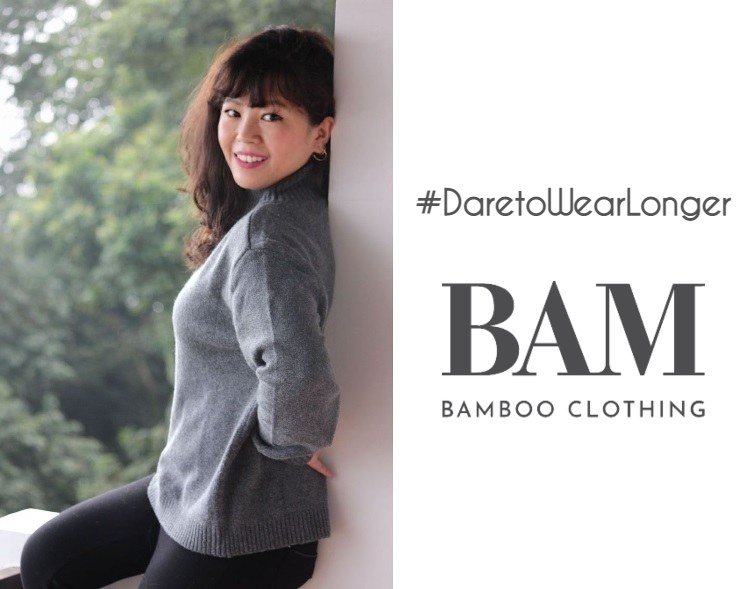Handy Facts On Selecting Bamboo Clothes
Wiki Article
Why Is Hemp Stronger, More Biodegradable And Regenerable Than Cotton?
Hemp's inherent properties and the way it's grown, make it more biodegradable, durable and sustainable than cotton. Here's why- Biodegradability-
Natural Fiber - Hemp is made of the natural plant fibre which is biodegradable. Hemp textiles and clothing decompose naturally over time. They then return to the environment, without leaving behind any long-lasting waste. This is different from synthetic fibres such as polyamide that can break down over a period of hundreds of years.
Hemp Textiles Lack Synthetic Additives - Hemp fibers generally don't contain synthetic additives. Contrary to cotton fabrics, which might contain synthetic chemicals (such as finishers or dyes) which can hinder biodegradation, hemp textiles do not.
Durability-
Fiber Strength Hemp fibers are renowned for their durability and strength. Hemp fabrics, clothing and other items are more durable than cotton. This means that hemp clothes will last longer, even before it starts to show signs of wear and wear and tear.
Hemp fabrics have a lower tendency to pill (the formation small fuzzy ball on the surface of the fabric) than cotton. This attribute contributes to their longevity as well as overall quality.
Regenerative Agriculture-
Soil health- Hemp cultivation has the potential to regenerate soil when done in a sustainable manner. Hemp can help improve the soil's quality by enhancing the soil's health. The roots deep of hemp can prevent soil erosion. This process of regeneration could enhance the soil for future crops.
Low environmental impact- Sustainable hemp cultivating methods involve the use of only a few pesticides. Cotton farming, which is dependent on synthetic chemicals, could result in soil degradation and water contamination.
Water Efficiency-
Low Water Requirements- Hemp generally requires less water than cotton to growth. Its drought-resistant nature means it can thrive with minimal irrigation or in rain-fed conditions. It is a water-efficient choice, especially in areas that have limited water resources.
Crop Rotation Hemp can be integrated in crop rotation systems that improve overall soil health and lower the risk of soil depletion and build-up of diseases. The cotton farming industry isn't as susceptible to crop rotation.
Hemp's versatility lets it be used for many different applications, including clothing, textiles papers, building materials and paper. This means that hemp cultivation can be used to support a variety of industries using sustainable and sustainable methods.
Although hemp has numerous advantages but it is essential to remember that cotton and hemp can both be produced in a sustainable or unsustainable way, depending on the methods of farming and processing. Select hemp products that are produced using eco-friendly, ethical practices to maximize the environmental advantages. The use of organic cotton is also a way to reduce environmental problems that are associated with traditional production. See the best here on hemp clothing for blog info including hemp work pants, hemp underwear, hemp tees wholesale, women's all seasons hemp canvas bomber hoody jacket, organic hemp clothing, hemp sweatshirt, jungmaven sweatshirt, hemp shirts wholesale, hemp active wear, organic hemp hoodie and more.

How Do Hemp Fibers Improve On Carbon Sequestration, Sustainability And Crop Rotation?
Carbon Sequestration Hemp fibers offer numerous environmental benefits such as sustainability, crop rotation as well as carbon sequestration.
Hemp is a plant that grows at a rapid rate. It matures between 70 and 120 days depending on the kind of hemp and the growing conditions. During the rapid growth phase, hemp plants absorb carbon dioxide (CO2) from the atmosphere through photosynthesis. This carbon uptake contributes significantly to carbon sequestration through reducing the CO2 levels in the atmosphere.
Hemp is a plant with a large biomass production. The dense foliage of the plant and its tall stalks create an incredible amount of organic matter. When the biomass is incorporated into soil or used in various applications, this could contribute to the accumulation of organic matter and carbon.
Sustainability:
Low Chemical Use- Hemp cultivation often requires fewer synthetic pesticides and herbicides than other crops, like cotton. Hemp's natural defense against numerous pests & diseases reduces chemical interventions. The organic hemp industry, in particular emphasizes sustainability by avoiding synthetic chemicals.
Water Efficiency- Hemp is a relatively water-efficient plant that thrives with minimal irrigation, especially when compared to water-intensive crops like conventional cotton. Therefore, it is more sustainable in regions with limited water resources.
Soil Health- The deep root system can improve soil health. The roots of the plant help to prevent soil erosion by stabilizing soil structure and reducing runoff. Hemp cultivation can also boost microbial action in the soil. This helps to improve the cycle of nutrient and overall soil fertilty.
Crop Rotation Hemp is a great option to integrate into systems for crop rotation. Crop rotation is the practice of alternating crops in a field for a period of time. This is a fantastic way to interrupt the cycle of pests and improve the quality of soil and reduce soil depletion. Hemp’s role in crop rotating can contribute to sustainability.
The rotation of the crop-
Hemp is a good choice to include in crop rotation systems along with other crops like grains, legumes or even vegetables. This variety can help farmers maintain their soil health, lower the risk of crop-specific pests and diseases, and also promote balanced nutrient cycling.
Hemp’s deep-rooted roots can penetrate soils and open them up and reduce compaction. This improves water infiltration. Improved soil structure is an advantage for crops that follow following hemp.
In the end, hemp fibers improve the carbon sequestration process, sustainability, and crop rotation practices due to their rapid expansion, biomass production, minimal chemicals, water efficiency, positive impact on soil health and compatibility with crop rotation systems. These characteristics make hemp cultivation an environmentally friendly and sustainable farming practice. View the best hemp clothing for site recommendations including hemp long sleeve shirt, hemp boxer shorts, nomad hemp clothing, hemp sweatshirt, hemp button shirt, nomad hemp clothing, hemp shirts, hemp yoga clothes, hemp clothing womens, hemp yoga clothes and more.

What Are The Benefits Of Wearing Bamboo Clothing When It Comes To Comfort And The Environment?
Bamboo clothing has many benefits for both the comfort of the wearer as well as the environment in which they live.
Softness Bamboo fabric is well-known for its exceptional softness. It is smooth and silky to the feel. Bamboo clothing can be luxuriously smooth, which is the reason bamboo clothing is an extremely popular choice for intimate clothes.
Breathability - Bamboo fibers can be naturally breathable and moisture-wicking. Air can circulate through the tiny gaps, keeping you cool in the hottest temperatures. The moisture-wicking properties assist to remove sweat from the skin, reducing the sensation of dampness.
Bamboo clothing has excellent properties for thermoregulation. It will keep you warm when temperatures drop by retaining heat close to the skin. It can also help you to remain cool during hot weather because it allows the excess heat and moisture to escape. The capacity to adjust to different temperature is what makes bamboo clothing perfect for wearing all year.
Hypoallergenic Bamboo is hypoallergenic due to nature, and it is gentle on sensitive skin. Bamboo fabric is less likely to cause skin irritations or allergic reactions.
Odor Resistant Bamboo fibers are naturally antimicrobial qualities that can inhibit the growth of bacteria that cause odor. This helps bamboo clothing to stay fresh even after physical activities.
Environment-
Sustainability Bamboo is a sustainable and renewable resource. It is one of the fastest-growing plants around the globe and requires minimal water and no herbicides or pesticides for cultivation. Bamboo can grow from the roots, which makes it possible to harvest without harming the plant.
Low Water Usage- Bamboo is inherently water-efficient. It is able to thrive without much irrigation and is often grown by rainwater alone. This helps reduce the environmental impact associated from agricultural water use.
Biodegradability. Bamboo clothing naturally breaks down as time passes if it is it is disposed. This feature reduces waste that is not biodegradable textiles in landfills.
Carbon Sequestration- Bamboos capture carbon dioxide (CO2) from the atmosphere in their rapid expansion. Bamboo can be used as a carbon sink in order to help mitigate climate change.
Chemical Reduction- The manufacture of bamboo fabric usually involves less chemical treatment and processing steps compared to other textiles, thus reducing the environmental impact associated with textile production.
Closed Loop Production- A few bamboo fabrics are produced with closed loop systems which recycle and reuse chemicals as well as water, minimising production waste.
It is important to keep in mind that the environmental impact can vary depending upon the manufacturing process used, as well as whether the bamboo used came from ethically and sustainably managed bamboo forests. To reap the maximum environmental benefit, buyers should seek out bamboo clothing made with eco-friendly and ethical practices. Read the best her comment is here for bamboo clothing for website info including bamboo mens shirts, bamboo sportswear, bamboo tee shirts, bamboo apparel, bamboo newborn clothes, bamboo chafing shorts, bamboo shorts, bamboo apparel wholesale, bamboo mens shirts, bamboo shirt and more.
